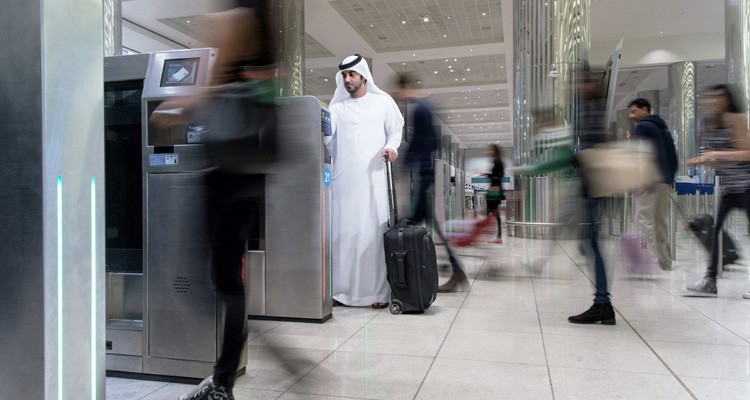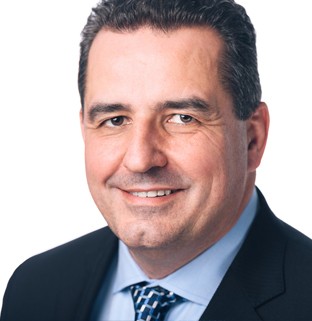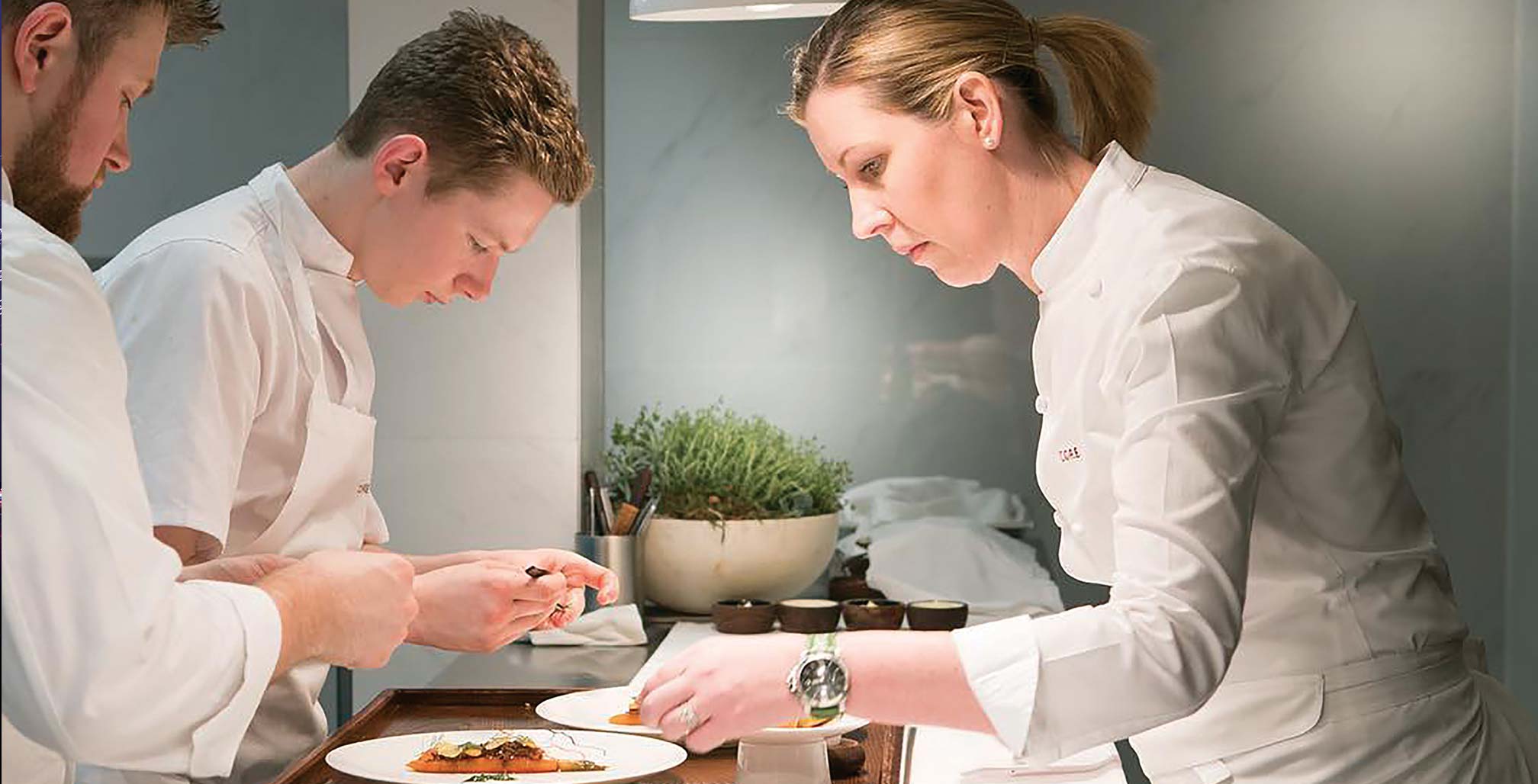Arup Group’s Careful Transformation
“If the right kind of people feel at home with us, they will bring in other people of their kind, and this again will attract a good type of client and this will make our work more interesting and rewarding …our reputation and influence will grow.”
That homespun logic voiced by British engineer Ove Arup in 1970 still permeates the culture of the company he founded decades earlier. So much so that new employees at London-based Arup Group are required to read the founder’s “Key Speech” as part of the onboarding process. Mr. Arup sketched out the guiding philosophy in the speech as the design and engineering consulting firm was finishing work on a project that cemented its international reputation: the Sydney Opera House.
Nearly 50 years later, the company is still running at peak performance—but the landscape it operates within has changed substantially. With $1.3 billion in revenue in 2017 and a healthy 11.6 percent profit margin, Arup has prospered amid a period of unprecedented disruption in its industry driven by tighter margins, changing customer preferences and new technologies like 3D printing.
“Our clients are becoming our competitors in areas like driverless car infrastructure,” says Andy Howard, chairman of Arup’s Americas Region. “New public-private partnership models are being created, and the frequency of change is accelerating.”
“Lift people from doing a task to doing something that creates prosperity and social value.”
—Andy Howard, chairman, Americas Region, Arup
The challenge of balancing an operating philosophy established before many of the company’s employees were born with the need to adapt to shifting client demands and cultural values is Mr. Howard’s principal responsibility. His overarching goal, he says, is to “ensure that our leaders and every member of the firm understand the need for change to stay relevant.”
He has seen plenty of change across his career at Arup already. A 32-year veteran of the firm, Mr. Howard ran Arup’s Africa operations before being tapped to lead Arup Los Angeles in 2001. He was COO for 11 years and in 2016 became chairman of the Americas Region, which spans South America, Central America and North America and accounts for nearly one-third of Arup’s total revenue. The division has landed such high-profile recent contracts as the Fulton Center Transit Center in New York City and Apple Computer’s new headquarters in Silicon Valley.
While Mr. Howard has been involved in many of Arup’s signature projects, he will not take credit for closing deals or bringing in new customers. “My job is about creating the environment for others to be successful,” he says. “One of the achievements I’m most proud of is driving the shift toward a more client-focused culture.”
Arup teams are also shifting toward a more tech-focused working environment. Virtual-reality walk-throughs and computerized acoustical simulators are the tools of a new breed of construction engineer—but convincing Arup veterans to use them is always an easy win. “People often have a past-tense view of what we do today, so we need to continually expand their minds,” Mr. Howard says. That means explaining motivations and defining shared goals in lots of one-on-one meetings and group forums in Arup’s many offices across the Americas. “I don’t tell people what to do: I emphasize why we are doing what we are doing,” he says.
More Than Money
One of Ove Arup’s core principles was to put the whole (the organization) ahead of the individual. Under the firm’s flat management structure, the difference between the CEO’s salary and that of incoming freshmen employees “is a fraction of that of our competitors in both the public and private sphere,” Mr. Howard says. “We don’t offer bonuses to individuals for performance.” He wants the emphasis on client satisfaction and team success.

That runs counter to the ethos at many companies today, but Arup’s commitment to continual development and giving employees challenging assignments around the world tend to bring the best in people, he says. “From the beginning you’re given a lot of flexibility and freedom. But if you don’t deliver, you’ll find yourself on the margins.”
Mr. Howard acknowledges that top performers can make more money elsewhere, and he wishes them well in doing so. “I’m delighted that our structure screens out people motivated by high degrees of financial gain or control,” he says. “We’re not driven by the desire to drive up revenues every year. We’re driven by the wish to shape a better world and improve life for humanity.“ Share on X
The strategy appears to resonate with today’s socially aware millennials. In the Americas alone, more than 55,895 people applied for 409 available positions in fiscal year 2017. Nearly one-third of Arup’s new hires were recent college graduates—and they, along with all of their colleagues, are shareholders. Arup is employee-owned, with operating profits distributed to all employees each year.
People often have a past-tense view of what we do today, so we need to continually expand their minds.
—Andy Howard
Continuity and Change
Much of what Mr. Howard has focused on over the past three years is something he calls “organizational clarity,” or the qualities that are essential to a high-performing organization. At Arup, these elements include individual empowerment, willingness to challenge conventional thinking and ability to succeed. The culture Mr. Howard strives to create is one that treasures the ability to think and solve problems creatively, rather than follow a template.
The biggest current challenge is to digitally transform a business without stifling what has traditionally been at its core: human ingenuity. Innovation will always be critical, Mr. Howard says, but digital technologies are driving a need for more accountability, efficiency and insight. “We’re requiring new ways of thinking about applying digital technology and automation to change how we solve complex challenges,” he says. “I make sure to apply my own time and the time of our most senior people to this effort.”
Arup is currently embarking upon an ambitious three-year strategic plan to adapt to change. “We’ve never invested so much in planning and execution,” Mr. Howard says. A critical focus of the plan is client satisfaction and quality. Customers are no longer happy just to receive an engineering plan for a project; they want their contractors to take ownership of the results. “We don’t just design a new airport terminal, but stay through the entire transition so people’s bags aren’t lost on day one,” he says. “Relationships with clients have to be on a different plane than in the past.”
Investment in people, clients and quality are the heart of the strategy. Career plans for senior managers are being aligned more closely with the business strategy. Contractual client relationships are being redefined as ongoing partnerships. “We’re taking a much more multidimensional view of what quality truly means in this market,” Mr. Howard says.
The stakes may be higher, but so are the rewards. Case in point: A recent project to design a new central utility plant at Los Angeles International Airport called for a major excavation in the middle of the site to accommodate the plant’s basement. The builder worried that the disruption could take down the air traffic control tower, crippling the airport.
Mr. Howard had an idea: “What if we took out the basement?” he asked. The builder said it could not be done, but Mr. Howard recruited some of his best designers to craft a solution. Changing the project plan not only eliminated the risk of control tower damage but saved millions of taxpayer dollars. “That was delivered not because I’m a bright guy but because I could pull together people who are motivated to challenge the norms,” he says.
More than three decades of success have taught Mr. Howard the importance of relationships. Leadership is less about problem-solving than persuasion. Healthy organizations have a purpose and their people believe they make a difference. “Bringing people along with your ideas is critical to leadership,” he says. “Lift people from doing a task to doing something that creates prosperity and social value.”




